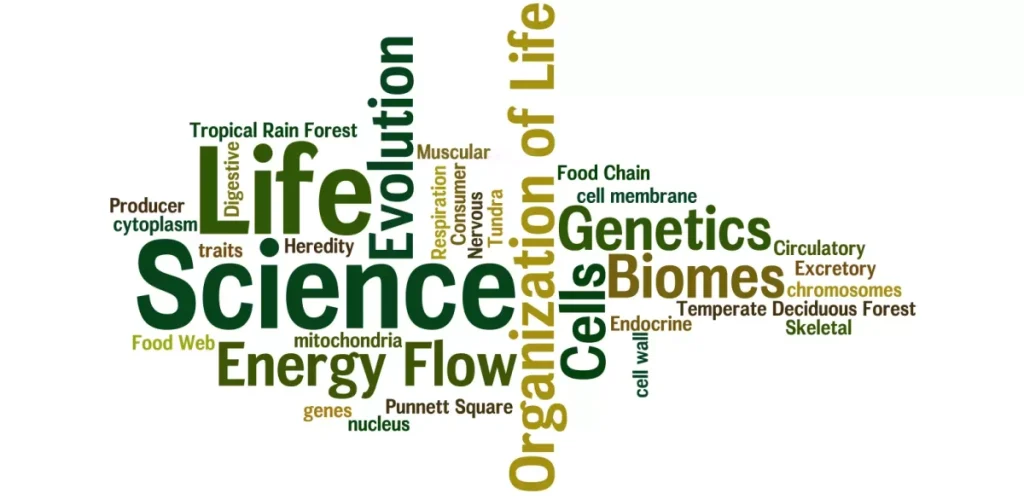Strategies That Help Life Science Teams Operate More Efficiently

Life science organizations face unique challenges that demand both precision and agility. From pharmaceutical development to clinical research, teams must operate efficiently to meet stringent regulatory requirements while accelerating innovation. Streamlining processes not only reduces errors but also allows teams to focus on higher-value activities that drive scientific discovery and commercial success. Implementing effective strategies can significantly improve productivity and collaboration across departments.
One way to enhance operational efficiency is by seeking guidance from experienced professionals. For example, pharmaceutical consulting can provide tailored solutions for workflow optimization, regulatory compliance, and resource management. Leveraging the insights of specialists can save teams valuable time and help them avoid costly missteps that can arise from complex regulatory environments. Partnering with experts ensures that life science teams are not only compliant but also positioned to scale their operations strategically.
Streamline Communication Channels
Efficient communication is the backbone of any productive team. In life science organizations, departments such as research, regulatory affairs, and quality assurance often work in silos, which can lead to duplicated efforts or misaligned priorities. Introducing centralized communication tools or platforms can reduce friction and keep everyone on the same page. Tools that integrate project management, document sharing, and instant messaging help teams collaborate more effectively and ensure that updates are communicated in real-time.
Regular meetings, though sometimes viewed as time-consuming, are essential if they are structured and goal-oriented. Short, focused check-ins can prevent miscommunication and maintain momentum. Additionally, fostering a culture that encourages open dialogue allows team members to raise concerns or propose improvements promptly, preventing bottlenecks in critical processes.
Implement Robust Project Management Practices
Project management is crucial for life science teams, especially those managing multiple simultaneous studies or product development pipelines. Adopting standardized project management methodologies, such as Agile or Lean principles, can improve efficiency by breaking large projects into manageable tasks and facilitating continuous progress tracking. Using project management software allows teams to assign responsibilities, set deadlines, and monitor milestones, reducing the risk of delays and ensuring accountability.
Furthermore, clearly defined roles and responsibilities prevent overlap and confusion. When every team member understands their tasks and the expectations for deliverables, operations become smoother and decision-making is more straightforward.
Leverage Automation and Digital Tools
Technology is a powerful enabler of efficiency in life sciences. Automating routine tasks, such as data entry, reporting, and document management, frees up staff to focus on more strategic activities. Digital solutions like laboratory information management systems (LIMS), electronic lab notebooks (ELNs), and cloud-based data sharing platforms enhance accuracy, reduce manual errors, and accelerate workflows.
Predictive analytics and artificial intelligence also play a growing role in decision-making. These tools can identify trends, forecast outcomes, and provide actionable insights that help teams prioritize high-impact initiatives. By integrating digital solutions into everyday processes, life science organizations can significantly reduce turnaround times and improve overall productivity.
Foster Continuous Training and Development
Operational efficiency is closely tied to team competence. Continuous training ensures that employees stay updated on the latest scientific developments, regulatory changes, and technological tools. Encouraging professional development through workshops, webinars, and certifications not only enhances individual skill sets but also boosts team performance.
Cross-functional training is another valuable approach. When team members understand the responsibilities and challenges of other departments, collaboration improves, and processes become more cohesive. This holistic understanding can lead to more innovative solutions and better problem-solving across the organization.
Optimize Resource Management
Efficient use of resources, including personnel, equipment, and materials, is essential for life science teams. Regularly reviewing resource allocation can reveal inefficiencies, such as underutilized equipment or duplicated tasks, allowing teams to make adjustments that maximize output. Strategic scheduling of laboratory time, staff shifts, and equipment usage ensures that operations run smoothly and reduces downtime.
Outsourcing certain non-core activities to specialized partners can also help life science teams focus on their primary objectives. This approach is particularly effective for tasks that require specific expertise or advanced technology, allowing internal teams to concentrate on critical projects that drive innovation.
Encourage a Culture of Continuous Improvement
Finally, fostering a culture that values feedback and continuous improvement can have a long-lasting impact on efficiency. Encouraging team members to identify areas for enhancement and experiment with new approaches ensures that processes evolve alongside organizational growth. Regular performance reviews, process audits, and benchmarking against industry best practices help maintain high standards and support sustainable operational improvements.
Conclusion
Life science teams operate in a complex and fast-paced environment where efficiency is paramount. By streamlining communication, implementing robust project management practices, leveraging automation, fostering continuous training, optimizing resource allocation, and encouraging a culture of improvement, organizations can significantly enhance their operations. Partnering with experts in pharmaceutical consulting provides additional guidance and tailored solutions, ensuring teams remain agile, compliant, and positioned for long-term success. With these strategies in place, life science teams can operate more efficiently, reduce costs, and accelerate the journey from research to impactful outcomes.








